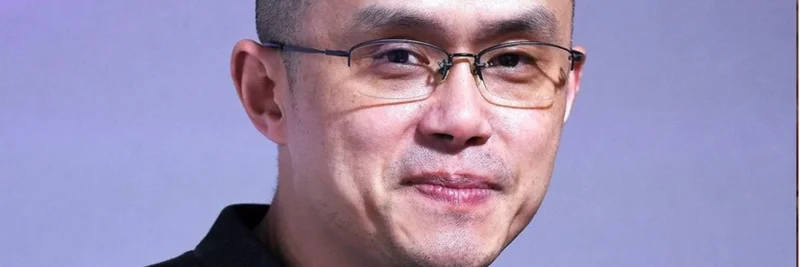In the fast-paced world of blockchain, where meme tokens thrive on speed and low costs, a recent discussion on X (formerly Twitter) has sparked intrigue among crypto enthusiasts. Solana co-founder Anatoly "Toly" Yakovenko chimed in on a thread debating the future of blockchain scaling, suggesting that a network of separate chains connected via Wormhole could be the most cost-effective solution. Let's break this down in simple terms and see what it means for the meme token community.
The conversation started with a post from @mteamisloading, who argued that big companies launching their own Layer 1 (L1) blockchains rejects not just the Layer 2 (L2) scaling thesis but also Solana's monolithic approach. For those new to the jargon, L1 refers to base blockchains like Ethereum or Solana, while L2s are add-on layers built on top to handle more transactions cheaply. Solana's "thesis" is its design as a single, high-speed chain that processes everything in one go, making it a hotspot for meme tokens due to its lightning-fast and inexpensive trades.
@mteamisloading pointed out that a one-stop-shop chain doesn't make sense technically or politically—think issues like chain valuation and grants. That's where Toly jumped in with his tweet: "A bunch of separate chains linked together by wormhole is the cheapest end state." Check out the original tweet here.
Wormhole is a cross-chain messaging protocol that allows assets and data to move seamlessly between different blockchains. It's particularly tied to the Solana ecosystem and has been used for bridging tokens across networks. Toly's vision paints a picture of a modular future where independent chains communicate via bridges like Wormhole, potentially slashing costs even further compared to a single monolithic setup or layered scaling.
This idea isn't without controversy. Replies to Toly's post highlighted potential pitfalls. One user mentioned Wormhole's past hack on the Solana side, where about $300 million was stolen, though it was later bailed out. Another questioned the reliability of bridges for global finance, noting the risks of multisig (multi-signature) setups that secure wrapped assets. There's also debate on whether slow, message-based communication could hinder competitive DeFi (decentralized finance) execution, which is crucial for meme token trading where every second counts.
For meme token enthusiasts on platforms like Solana, this discussion is gold. Meme coins often explode on chains with low fees and high throughput—Solana's bread and butter. If Toly's "cheapest end state" becomes reality, it could mean easier cross-chain meme launches, where a viral token on one chain bridges effortlessly to others via Wormhole. Imagine a Solana-based meme like $DOGE or $PEPE going multichain without the usual hassles, boosting liquidity and adoption.
However, the risks are real. Bridge hacks have plagued crypto, and relying on them for interconnectivity could expose meme portfolios to vulnerabilities. On the flip side, if Wormhole and similar tech mature, it might democratize meme creation across ecosystems, letting builders focus on virality rather than infrastructure woes.
Toly's comment also subtly defends Solana against claims that new L1s from big players undermine its model. By advocating for bridged chains, he's essentially saying Solana can play well in a fragmented yet connected world, maintaining its edge in speed while integrating with others.
As the blockchain space evolves, keep an eye on projects like Wormhole (wormhole.com) and Solana's ongoing upgrades. For meme insiders, this could signal more opportunities in cross-chain plays—think arbitraging memes across networks or spotting early bridges for the next big pump.
What do you think? Will bridged chains be the future, or is the monolithic model here to stay? Drop your thoughts in the comments below, and stay tuned to Meme Insider for more insights on how tech shifts impact your favorite tokens.


